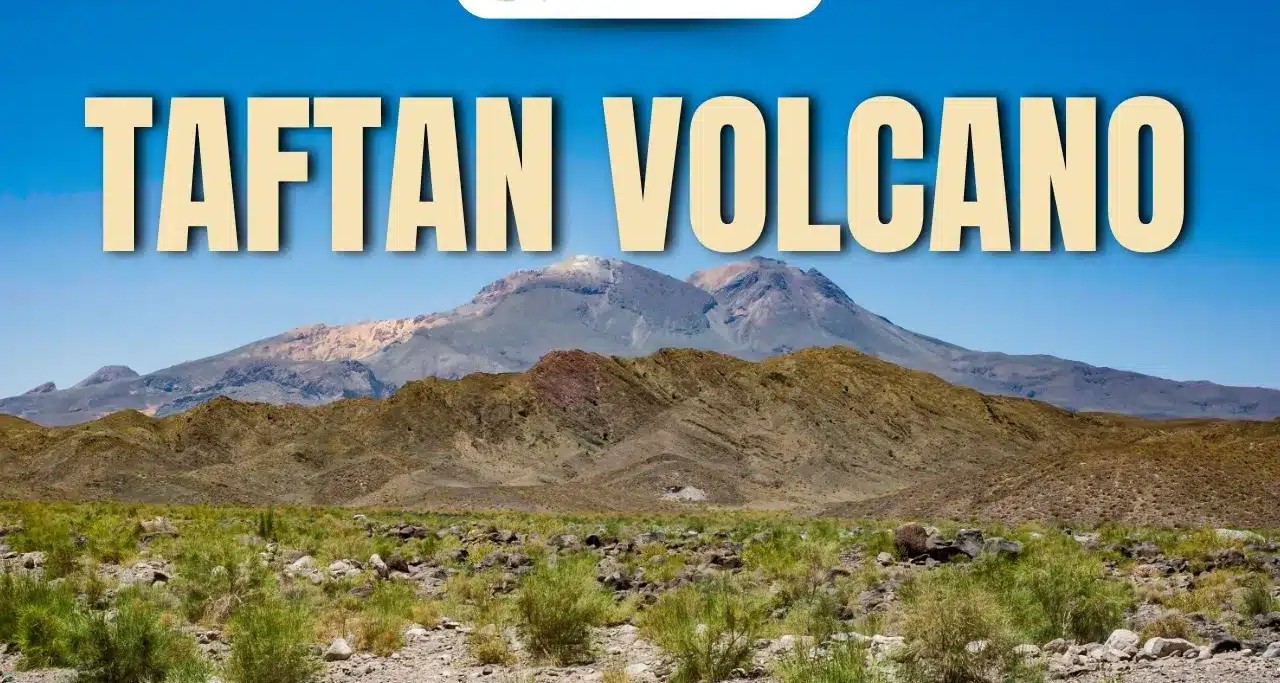Taftan volcano, located near the Iran-Pakistan border in southeastern Iran, has long been considered extinct. However, recent research published in Geophysical Research Letters reveals significant ground uplift and increased gas emissions, prompting scientists to reclassify it as dormant rather than extinct. These findings mark an important moment in volcanology and earth science education, highlighting how even ancient volcanoes can become active again.
Key Highlights
Geological Setting: Taftan is a stratovolcano rising 3,940 meters, part of the Makran volcanic arc formed by the subduction of the Arabian plate beneath the Eurasian plate.
Recent Activity: Between July 2023 and May 2024, the summit rose about 3.5 inches, indicative of subsurface gas or magma pressure buildup.
Fumarolic Emissions: Local reports describe detectable sulfurous gas odors up to 30 miles away, consistent with increased hydrothermal activity.
Scientific Significance: This uplift is the first geophysical sign of reawakening after a 710,000-year dormancy, challenging previous assumptions about volcanic lifecycles.
Monitoring Challenges: Taftan lacks dedicated GPS and seismic monitoring due to regional geopolitical tensions and logistical challenges; satellite remote sensing remains the primary surveillance tool.
Risk and Preparedness: While no imminent eruption is expected, scientists stress the need for ongoing observation as pressure must release either quietly or explosively in the future.
Educational Insights for Earth Science Learners
Volcanic Dormancy Is Not Extinction: Taftan demonstrates that volcanoes may exhibit long periods of silence without losing their potential for activity.
Plate Tectonics in Action: The subduction zone geology exemplifies how tectonic processes generate volcanic arcs and influence eruption patterns.
Remote Sensing in Volcanology: This case underscores the vital role of satellite imagery for monitoring inaccessible or high-risk areas.
Interdisciplinary Approach: Studying reawakening volcanoes involves geology, geophysics, chemistry (gas analysis), and risk management.
What Comes Next?
Authorities and scientists advocate allocating resources to install ground monitoring systems and prepare emergency response plans for surrounding communities. The Taftan case encourages a reevaluation of other “extinct” volcanoes globally, reminding us of Earth's dynamic nature.
Sources: New York Post, Live Science, Geophysical Research Letters, Popular Mechanics, European Space Agency Sentinel-

